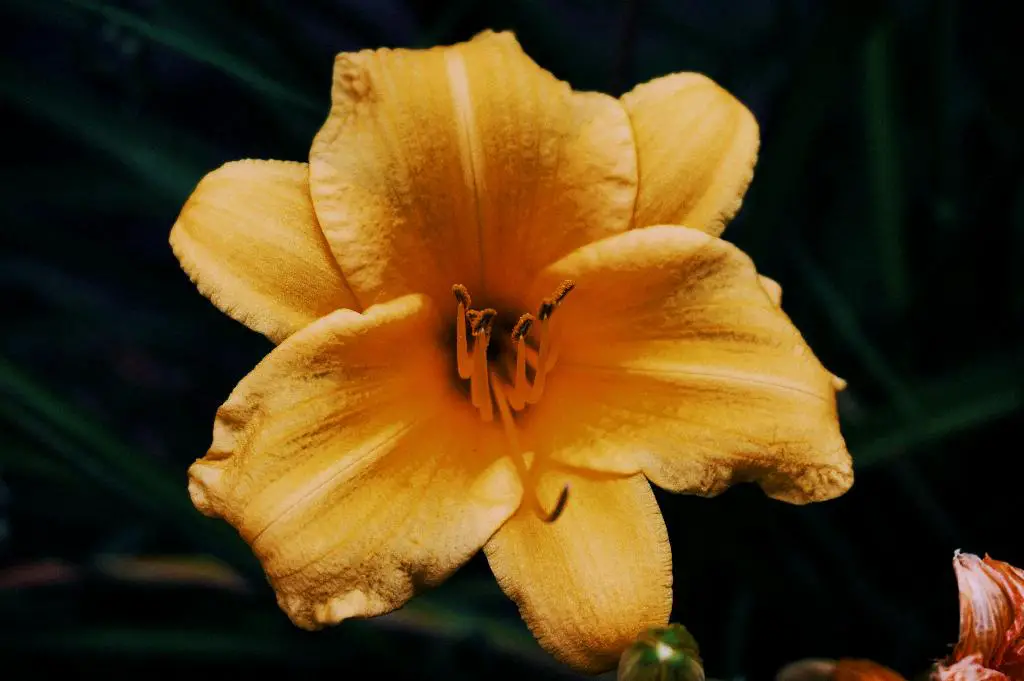Planting daylilies can be a rewarding experience for any gardener looking to add beauty and color to their landscape. When considering the best time to plant these vibrant flowers, it’s essential to keep a few key factors in mind to ensure their healthy growth and longevity.
One crucial aspect to consider is the timing of planting daylilies. The optimal time to plant these perennials is during the late spring or early fall. This timing allows the daylilies to establish their roots before the harsh temperatures of summer or winter set in, giving them the best chance of thriving in their new environment.
However, if you happen to come across a daylily plant that you absolutely fall in love with during a summer sale, don’t hesitate to bring it home and plant it right away. While planting daylilies outside of their ideal spring or fall planting window may require a bit more care and attention, it is still possible to successfully establish them in your garden.
When planting daylilies in the late spring, make sure to choose a location that receives ample sunlight throughout the day. Daylilies thrive in full sun, so selecting a spot with at least six hours of direct sunlight will help ensure their healthy growth and abundant blooming.
In contrast, if you decide to plant daylilies in the early fall, be mindful of the approaching colder temperatures. While daylilies are resilient plants, they may need extra protection during the winter months, especially in regions with harsh frost or snow. Consider adding a layer of mulch around the base of the plants to insulate the roots and provide added protection from the cold.
Regardless of whether you plant daylilies in the spring or fall, proper soil preparation is key to their success. Before planting, make sure to amend the soil with organic matter, such as compost or aged manure, to improve drainage and fertility. Daylilies prefer well-draining soil with a slightly acidic to neutral pH level.
When planting daylilies, it’s essential to dig a hole that is wide enough to accommodate the plant’s root system without crowding or bending the roots. Gently place the daylily in the hole at the same depth it was previously growing, making sure the crown of the plant is level with the soil surface.
After planting, water the daylilies thoroughly to help settle the soil and provide much-needed hydration to the newly transplanted plants. During the first few weeks after planting, monitor the soil moisture regularly and water as needed to keep the soil consistently moist but not waterlogged.
To encourage healthy growth and blooming, consider applying a balanced fertilizer specifically formulated for flowering plants, such as a 10-10-10 NPK fertilizer, in the early spring and again in mid-summer. This will provide essential nutrients to support the daylilies’ growth and flowering throughout the growing season.
In conclusion, while the best time to plant daylilies is in the late spring or early fall, with proper care and attention, these resilient plants can be successfully planted at other times as well. By following the tips outlined above, you can create a beautiful and vibrant daylily garden that will delight you with its colorful blooms year after year.

